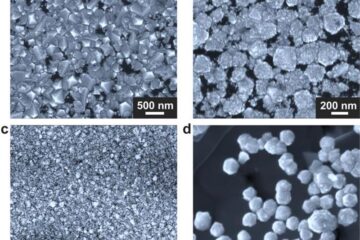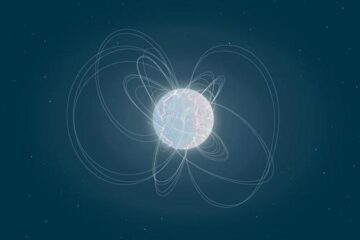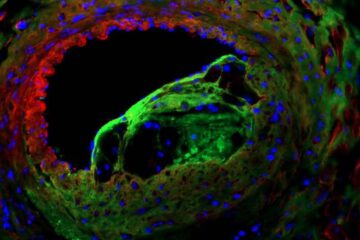Jefferson scientists find new way to convert adult human stem cells to dopamine neurons

Researchers at Jefferson Medical College have found a new way to coax bone marrow stem cells into becoming dopamine-producing neurons. If the method proves reliable, the work may ultimately lead to new therapies for neurological diseases such as Parkinson’s disease, which is marked by a loss of dopamine-making cells in the brain.
Developmental biologist Lorraine Iacovitti, Ph.D., associate director of the Farber Institute for Neurosciences at Thomas Jefferson University in Philadelphia and her co-workers had previously shown that by using a potion of growth factors and other nutrients in the laboratory, they were able to convert adult human bone marrow stem cells into adult brain cells. Human adult bone marrow stem cells – also known as pluripotent stem cells – normally give rise to human bone, muscle, cartilage and fat cells.
While nearly all cells looked like neurons with axonal processes, they invariably reverted back to their original undifferentiated state in two to three days. Dr. Iacovitti and her co-workers instead attempted to grow the cells in a different way. Rather than an attached monolayer of skin-like cells, they grew the bone marrow cells in suspension as neurospheres – groups of cells early in development – akin to the way neural stem cells are grown.
They found that the newly differentiated cells didn’t merely look like dopamine neurons, but expressed traits of neurons and related cells called astrocytes and oligodendrocytes – cells derived from neural stem cells. What’s more, the neurons produced tyrosine hydroxylase, an enzyme needed to make dopamine. She reports her team’s findings October 25, 2004 at the annual meeting of the Society for Neuroscience in San Diego.
The Jefferson scientists also found a second enzyme involved in dopamine production, and an important molecule called the dopamine transporter. Interestingly, Dr. Iacovitti notes, some of the cellular markers that would be expected to be expressed by new bone marrow cells were present in bone marrow stem cells grown in the original monolayers, though they were fewer in number. “The markers don’t disappear,” explains Dr. Iacovitti, who is also professor of neurology at Jefferson Medical College of Thomas Jefferson University. “The cells seem to have markers of both bone marrow cells and dopamine neurons all the time. They don’t forsake what they normally would be.”
While she can’t say for sure whether or not the stem cells grown with the new method have markers of both bone marrow stem cells and dopamine neurons, the new dopamine neurons did not revert back to stem cells. “There are limitations to differentiating adult stem cells the way we want them – to get them to permanently give up being what they were meant to be and become neurons,” she says. “Maybe this is a way to grow these stem cells to get them to truly become dopamine neurons instead of just looking like neurons. “If we can now appropriately direct the differentiation of bone marrow stem cells, these cells could provide an abundant source of adult human neurons for use in the treatment of neurodegenerative diseases,” she says.
Media Contact
More Information:
http://www.jefferson.eduAll latest news from the category: Life Sciences and Chemistry
Articles and reports from the Life Sciences and chemistry area deal with applied and basic research into modern biology, chemistry and human medicine.
Valuable information can be found on a range of life sciences fields including bacteriology, biochemistry, bionics, bioinformatics, biophysics, biotechnology, genetics, geobotany, human biology, marine biology, microbiology, molecular biology, cellular biology, zoology, bioinorganic chemistry, microchemistry and environmental chemistry.
Newest articles

Making diamonds at ambient pressure
Scientists develop novel liquid metal alloy system to synthesize diamond under moderate conditions. Did you know that 99% of synthetic diamonds are currently produced using high-pressure and high-temperature (HPHT) methods?[2]…

Eruption of mega-magnetic star lights up nearby galaxy
Thanks to ESA satellites, an international team including UNIGE researchers has detected a giant eruption coming from a magnetar, an extremely magnetic neutron star. While ESA’s satellite INTEGRAL was observing…

Solving the riddle of the sphingolipids in coronary artery disease
Weill Cornell Medicine investigators have uncovered a way to unleash in blood vessels the protective effects of a type of fat-related molecule known as a sphingolipid, suggesting a promising new…





















